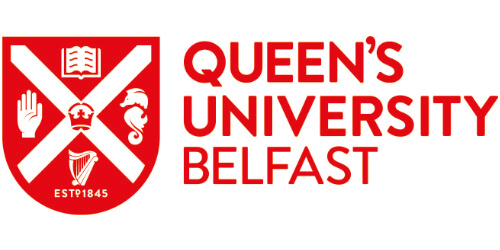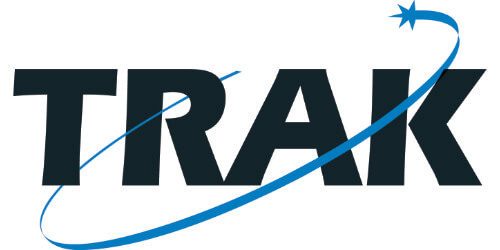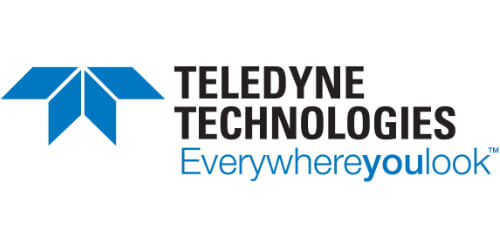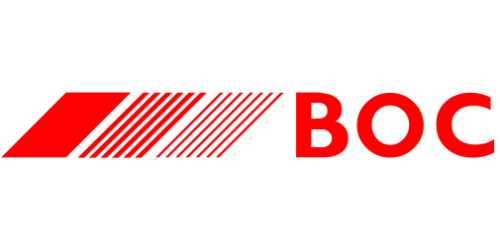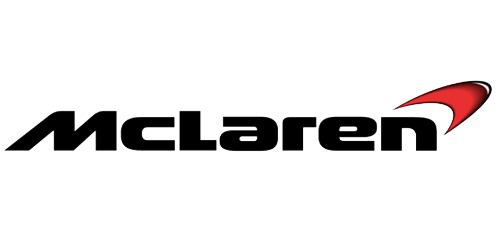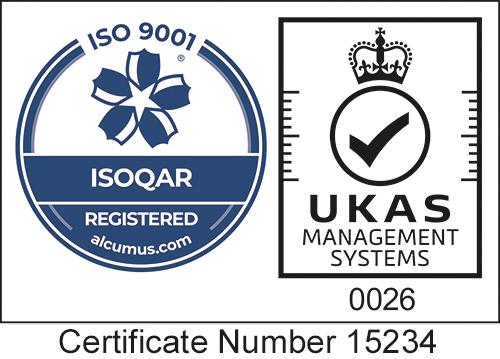What is Cultureware?
Cell and tissue cultures are the cornerstone of biological research, enabling researchers to investigate cell biology, develop novel drugs, model diseases, and produce biogenic materials at scale. The scale of the culturing process can vary from single Petri dishes in a lab to large bioreactors in industrial facilities, meaning cultureware comes in all shapes and sizes.
Cultureware also comes in several different materials. Traditionally glassware was used for flasks and petri dishes, but modern plastics such as polystyrene, polypropylene, and polycarbonate have become commonplace.
Finally, cultureware comes in a variety of flavours that promote different environments for cell and tissue growth. These vary from ultralow-attachment coatings for the growth of spheroids, to collagen-coated cultureware for adhesion, growth, and differentiation. There are literally dozens of different coatings available on the market, making it a difficult arena to navigate.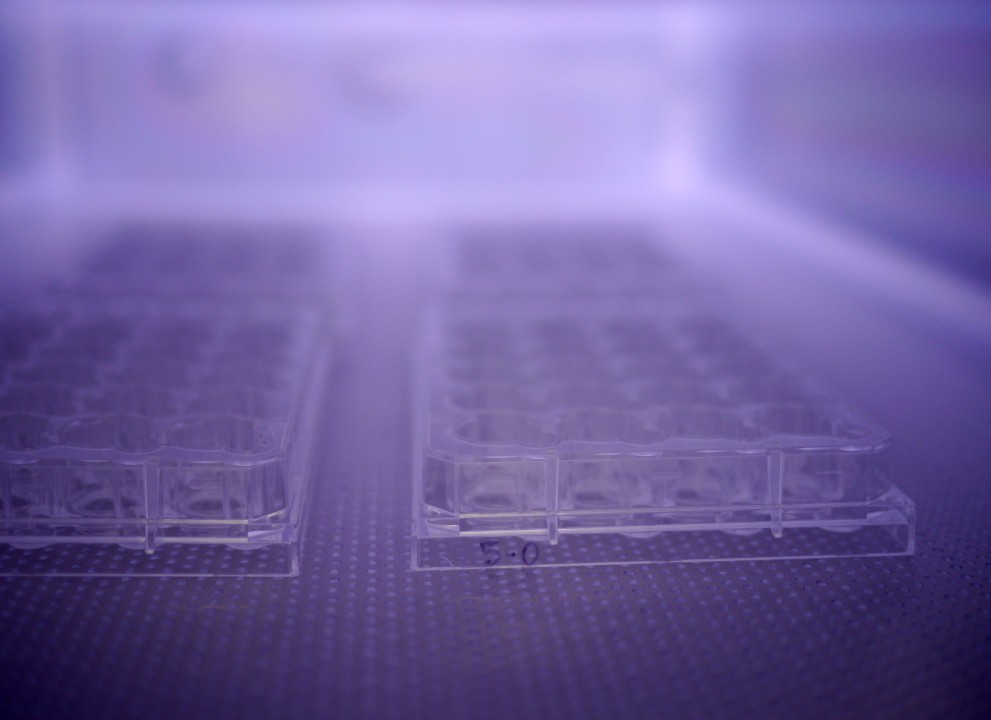
The Cost of Cultureware Coatings
Unfortunately, the cost of coated cultureware is very high which introduces cost barriers to new research and development. In addition, the availability and lead times of popular products can be patchy and frustrating for researchers and labs relying on consistent access to specific types of cultureware. Let's explore the pricing of coated cultureware, using one of the big suppliers as an example.
In the chart below, we can see the comparative price of several different 96-well microplates. The non-sterile and untreated plates are both uncoated clear polystyrene.
As shown, the price of non-sterile and untreated polystyrene well plates is very similar. This suggests that the cost of sterilisation and individual packaging of sterile plates does not strongly influence their pricing.
Looking at the range of coated plates, we can see that compared to the untreated plates, the price increases by nearly 10x for the most expensive fibronectin coating. Some of this cost increase can be explained by the complexity and time-consuming process of incubating fibronectin over a binding surface, but for other coatings such as ULA & amine functionalised plates it begs the question, "Why they are so expensive?"
To help us understand the cost of these coatings, let's dive into what they are, how they're made, and how you can make them yourself.
Cultureware Coating: Coat-Your-Own
The current coatings on the market can be roughly categorised into two groups:
- Chemical coatings: The decoration of the cultureware surface in a specific chemical functional group.
- Biomolecule coatings: The permanent fixing of a specific biogenic molecule, such as a protein, to the surface.
First, we will cover chemical coatings. For this type of coating, the cultureware must be permanently reacted with a chemical in order to modify the surface chemistry. One of the most popular routes to achieve this is plasma polymerisation. This technique can be used to create amine, carboxyl, and ULA plates.
Plasma polymerisation is a batch technique that uses a vacuum chamber and a high voltage to forcibly react a gas-phase chemical with a surface. The technique has been around since the 60's, but only recently been recognised for its wide applicability to biocompatible coatings. It can be used to coat surfaces with almost any chemical functionality, such as carboxyl and amine groups, and is used by some of the biggest cultureware manufacturers.
View our video below on Plasma Coatings
Plasma Coatings Explained
Plasma Coatings Explained.
The fifth in our series of videos about plasma treatment technology, this video explains how plasma coatings work and the results you can achieve.
The equipment used for this technique is very simple to operate, and is only the size of a large microwave oven. To operate the process, only electricity and a suitable chemical precursor are needed. In the case of the amine coatings available from leading well plate suppliers, the precursor material is likely to be either allylamine or cyclopropylamine. The process takes about 20 minutes, consumes less energy than a kettle, and only a few millilitres of precursor chemical. The other benefit is that plates can be sterilised in a pre-coating oxygen plasma, replacing hazardous and time-consuming methods such as ethylene oxide or gamma irradiation.
To put the potential benefits into context, the cost of a coat-your-own plasma polymerisation system, such as an HPT-100, would pay itself back after approximately 700 well plates (350 runs), and the larger HPT-500 would pay itself back after approximately 1500 well plates (94 runs). For many labs, this would mean a return on investment within 1 year, and for high throughput labs potentially less than a few months.
In addition to the low upfront cost, having a coat-your-own plasma polymerisation system frees the laboratory from the often frustrating lead times and availability of specific plates/coatings/formats. Henniker's largest Nebula series systems, allow for either bigger cultureware such as flasks to be coated, or a higher throughput of smaller cultureware. Regardless of the chamber size or number of parts being coated, the process time remains the same. In addition to the higher throughput, Nebula systems offer full recipe driven PLC control, user-level access, and automatic process data logging to enable the highest levels of repeatability and traceability.
Build-Your-Own-Biomolecule Coatings
For biomolecule coatings, there will always be the need for wet methods, as the molecules used in cultureware are not typically volatile or stable enough to be deposited in the gas phase.
In this case, plasma systems are useful for the creation of compatible surfaces for the adsorption or covalent binding of biomolecules to the surface. Examples include the introduction of carboxyl groups by oxygen plasma or amines via plasma polymerisation, leading to easy crosslinking of biomolecules with typical immobilisation protocols such as EDC/NHS.
Henniker also has protocols for crosslinker-free attachment of biomolecules to virtually any surface, including complex 3D scaffolds and large medical implants. If your biomolecule or nanoparticle has an accessible carboxyl group, we can covalently bind it to any solid surface of your choice.
Into the Unknown
Whilst traditional coatings such as amine or carboxyl coatings are satisfactory for a range of cultures, there are times when commercially available coatings are not satisfactory for the specific application.
Examples of surface coatings that can be deposited with a plasma polymer systems that are not widely commercially available include:
- Thiols - For formation of disulfide bonds with cysteine residues.
- Aldehyde - For the general immobilisation of biomolecules.
- Epoxy - For the general immobilisation of biomolecules.
Usually these surfaces have short shelf-lives due to the degradation/oxidation of the functionality under normal conditions. Using an in-house system, these surfaces can be prepared and used immediately, eliminating the problem of surface longevity.
Through the use of multiple chemicals during the plasma polymerisation, it is even possible to produce mixed coatings to include multiple different functionalities on the surface in order to interact with multiple biologically relevant sites at the same time. In this way, the gap between monofunctional coatings and complex biological surfaces can be bridged.
The Takeaway
Hopefully, this article has helped explain how some of the most popular cultureware coatings can be achieved in your own lab, with no expertise required, very little time investment, and at a reasonable cost.
Whether you are an academic group looking to make your funding go further, or an analytical lab looking to decouple from supplier lead times, Henniker are here to help you assess whether a plasma coating system is right for your situation.
Join the Conversation
Click the link below for further details on Henniker Plasma's HPT-100 Plasma Cleaner.
More information about the HPT-100
Or download the full Press Release here
Henniker Plasma - Press Release 'The Cost of Cultureware'





